
Die große Riegel-Orgel im Großen Saal © Lukas Beck
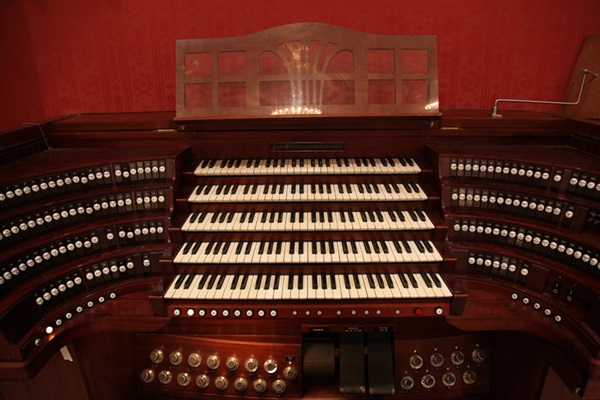
Die große Riegel-Orgel © Georg Schenk

Die große Riegel-Orgel © Georg Schenk
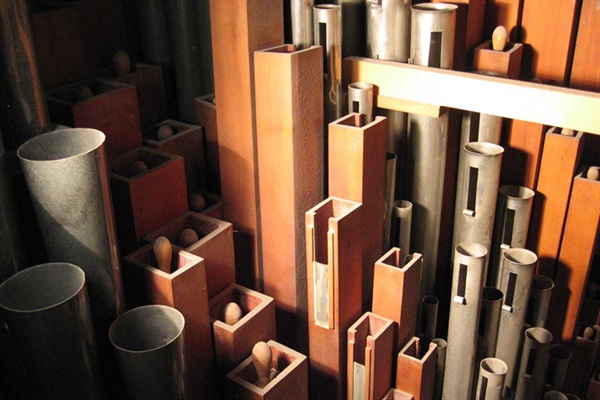
Die große Rieger-Orgel

Die große Rieger-Orgel
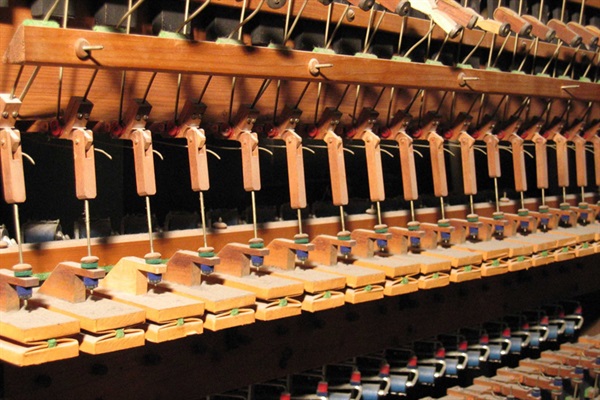
Die große Rieger-Orgel
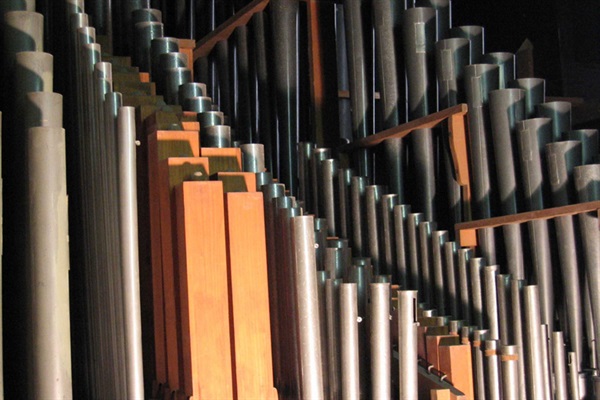
Die große Rieger-Orgel
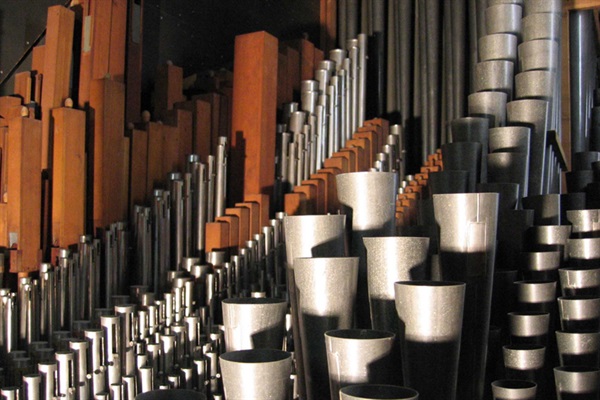
Die große Rieger-Orgel
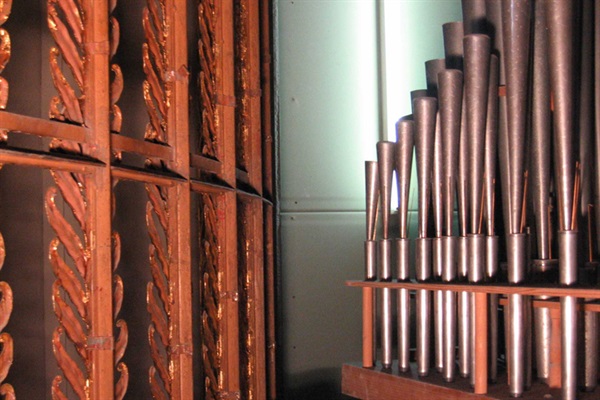
Die große Rieger-Orgel

Die große Rieger-Orgel
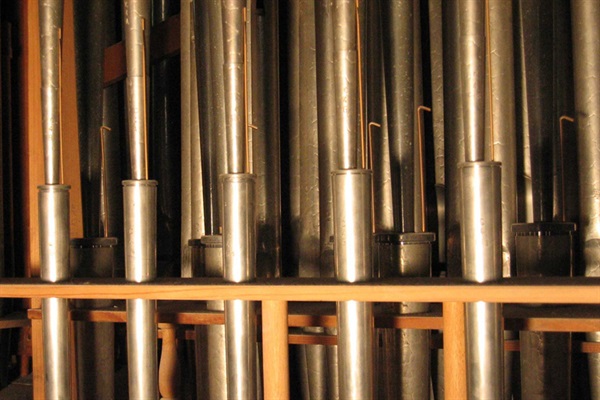
Die große Rieger-Orgel
The Great Rieger Organ in the Wiener Konzerthaus
The organ in the Great Hall of the Vienna Konzerthaus was built by the famous »Gebrüder Rieger« company of Jägerndorf, Silesia, and installed in 1913. The detailed preparatory studies by the Konzerthaus' organ committee resulted in a unique instrument, both in terms of its size and design. It was the first five-manual organ in the Austro-Hungarian Empire. With its 116 stops for its five manuals and the pedal board, it is still the largest concert organ in continental Europe — and the most important representative of the »organ sound« as it developed in the era of change in organ building from Romanesque to historicism periods.
The musical and stylistic concept substantially orients itself towards the so-called »Alsace organ reform« and the ideas of its proponent Emile Rupp. For him the ideal involved »a fusion of the Bach–Silbermann 'mixture and aliquote organ' with the development of the reed pipe register derived from the old French type of organ, further enriched with stops providing an orchestral character«. Additionally, for the Konzerthaus, one sought, by employing all »recognized and undisputed advances in the art of disposition and intonation, to achieve a maximum in versatility in the instrument« (W. E. Ehrenhofer).
The Konzerthaus organ was conceived as having its cases with their pipes invisible to the concert-goer — at that time a novelty for Vienna. The flexibility that had, since the middle of the 19th century, been afforded by introducing electropneumatic action enabled the organ builders to depart from traditional constructional principles, leaving architects extensive freedom to integrate the organ into their designs. Helmer and Fellner, together with Ludwig Baumann, the joint architects of the Konzerthaus, had planned the front of the Great Hall as a semicircular apse with the organ hidden behind it. The 19th of October 1913 saw the inaugural performance of the organ at the ceremony marking the end of construction of the Great Hall, and for which Richard Strauss had composed a »Festive-Prelude« for organ and orchestra. It brought enthusiastic acclaim from both public and critics.
In 1982, the organ was completely overhauled by Gebrüder Rieger in Schwarzach, Vorarlberg. Since then it has again been able to assert its place fully in the Konzerthaus repertoire — its sound, as numerous premières have proved, no less attuned to a modern work than as witness of its place in organ history.